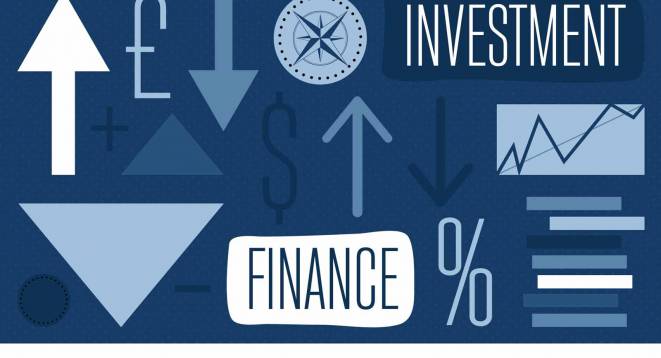Social investment jargon buster

Bewildered by the jargon? Read a quick glossary of terms from Investing For Good to get clear about the difference between a SPO and a SIFI.
Asset allocation
The balance of investments assets held within a portfolio, usually in proportions that are tilted to reflect the different risk and return profiles of the underlying investments. Bonds are a traditional asset offering an income stream and accordingly there is usually an allocation granted to them.
Bond indices
Used as a point of reference or benchmark against which to assess individual performance or returns and typically formed from a weighted average of prices.
Capital markets
The mainstream financial system that aids organisations of a reasonable size to access capital through the issuance of shares, bonds and other medium/long-term investments.
Due diligence
A systematic process which involves the collection, analysis and interpretation of financial, commercial and impact data.
Euro MTF (Scope Bond article)
Created in July 2005 by the Luxembourg Stock Exchange, an established, exchange-regulated, alternative market.
Exit opportunity
The method by which an asset owner ‘cashes out’ of an investment, which can be difficult in the case of an illiquid asset (cf. liquidity).
IFG
Investing for Good - a key player in the development of the social investment market, who are inspired by the possibility of a new class of investments that can mobilise the power of finance to drive social good.
Impact measurement and reporting
The system used by social purpose organisations to measure outputs and outcomes, and to calculate impact. The measurement system comprises: a set of indicators, the processes necessary for data collection, and a set of targets and objectives.
(To) issue
To borrow funds through the sale of bonds or notes to investors, who are usually repaid at the end of a pre-defined period and who receive interest payments in the interim.
Liquidity
The ability to buy and sell bonds in the market without causing a material changes to their prices.
MIAA (Methodology for Impact Analysis and Assessment)
The MIAA is Investing for Good’s proprietary impact analysis and assessment tool. It is a weighted scoring system of over 100 individual considerations designed to ensure assessments are arrived at through a consistent, systematic procedure. It is structured around four key perspectives: Mission Fulfilment, Beneficiary Perspective, Wider Impact and Impact of Contribution. It is designed for use by social investors, SIFIs and other analysts interested in reviewing, analysing or rating the social impact of social purpose organisations
SIFI (Social Investment Finance Intermediary)
SIFIs are organisations that connect those interested in investing for social impact with social purpose organisations that need capital to achieve positive social change. They do this in various ways, including structuring funds or other financial products, managing funds on behalf of others, providing platforms for exchange or supporting social purpose organisations or investors with consultancy services.
Social bond
A Social Bond is a simple fixed income, investment product. It is similar in structure to any standard corporate or government bond where the borrower enters into a formal contract with investors to repay a loan at maturity, with interest paid at fixed intervals over the life of the bond. The bond itself can be issued as either secured or unsecured debt.
It is not a “Social Impact Bond”. While, the defining feature of the Social Bond is the explicit intention to generate measureable social impact alongside the financial return, its contracts are not based on a ‘Payment-By-Results’ model where the return to investors is based on the achievement of specific social outcome metrics. Social Bonds are traditional fixed income products that offer a rate of return to the investor.
Social Impact or Social Value
The positive social or environmental change achieved by a social purpose organisation.
Social Investment (also Impact Investment)
Investments made with the intention of generating measureable social impact alongside positive financial return (or at least return of the amount invested).
SPO (Social Purpose Organisation)
An organisation that operates with the primary aim of achieving measurable social and environmental impact. Social purpose organisations include charities, non-profit organisations, and social enterprises (registered as e.g. Community Interest Companies, cooperatives or Industrial and Provident Societies, limited companies).
Tranche
A class of bonds in a wider offering which shares the same characteristics. Derived from the French word for ‘slice’.
Yield
The income return on an investment. This refers to the interest or dividends received from a security and is usually expressed annually.
Yield curve
A line that plots the interest rates of bonds having equal credit quality over different maturity dates.
